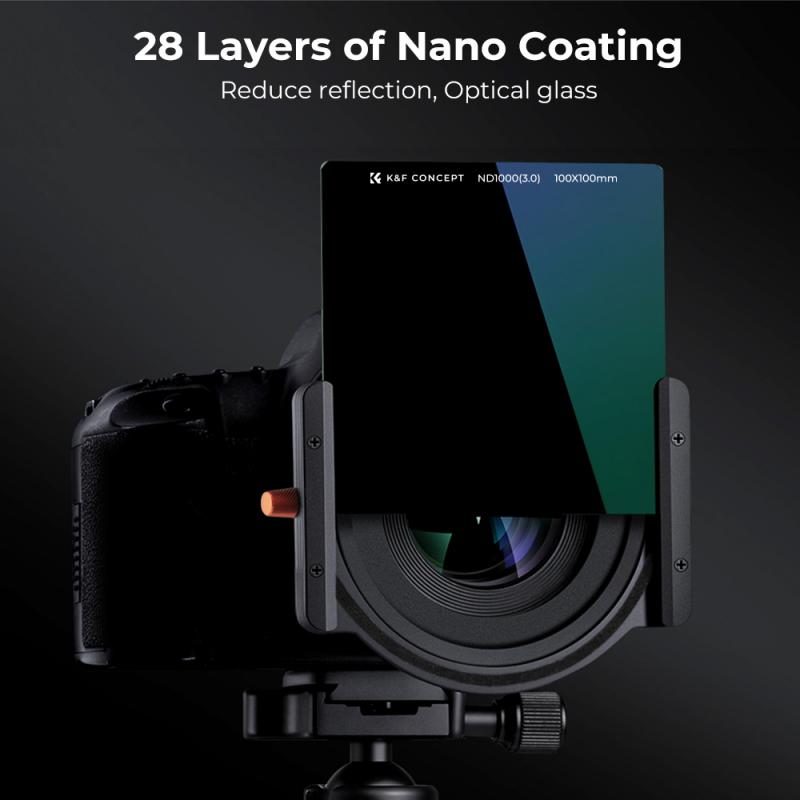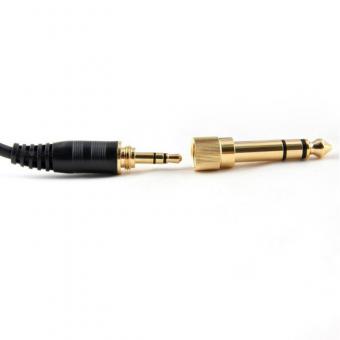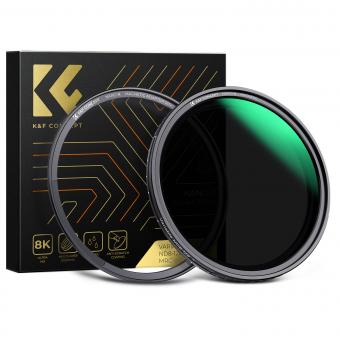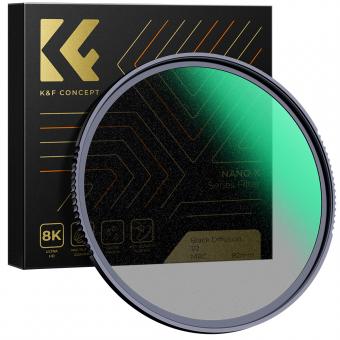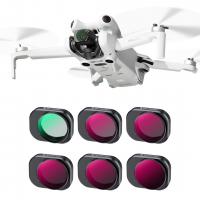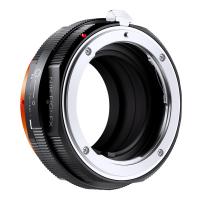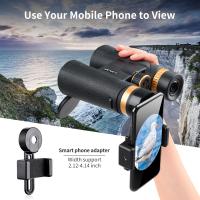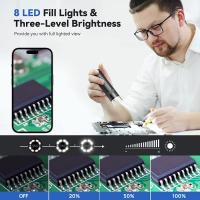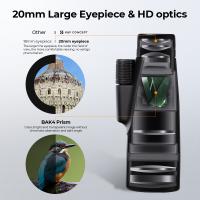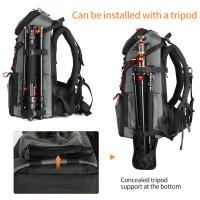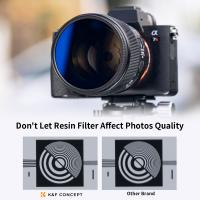Which Filter To Buy For Drone ?
When choosing a filter for a drone, it is important to consider the specific needs and requirements of your drone and the type of photography or videography you plan to do. Some popular filters for drones include polarizing filters, neutral density (ND) filters, and graduated neutral density (GND) filters. Polarizing filters can help reduce glare and improve color saturation, while ND filters are useful for controlling exposure in bright conditions by reducing the amount of light entering the camera. GND filters are often used to balance exposure between the sky and the ground in landscape photography. It is recommended to research and select a filter that is compatible with your drone's camera and meets your specific photography or videography goals.
1、 Compatibility with drone model and camera specifications
When it comes to choosing a filter for your drone, there are a few factors to consider. The most important factor is the compatibility with your drone model and camera specifications. Different drones have different camera systems, and not all filters are designed to fit every drone.
Before purchasing a filter, make sure to check the specifications of your drone's camera. Look for information on the lens diameter and thread size, as this will determine the type of filter that will fit your drone. Some popular drone models, such as the DJI Mavic series, have specific filters designed specifically for them.
Additionally, consider the camera specifications of your drone. Different cameras have different sensor sizes and dynamic ranges, which can affect the type of filter you need. For example, if your drone has a camera with a smaller sensor, you may not need a filter with a high density or strong effect.
It's also worth considering the type of photography or videography you plan to do with your drone. If you're primarily shooting landscapes or aerial footage, a polarizing filter can help reduce glare and enhance colors. If you're shooting in bright sunlight, a neutral density filter can help reduce the amount of light entering the camera, allowing you to use slower shutter speeds or wider apertures.
Lastly, it's always a good idea to stay updated with the latest advancements in drone technology and camera systems. Manufacturers are constantly releasing new models and accessories, and there may be new filters specifically designed for your drone that offer improved performance or features.
In conclusion, when choosing a filter for your drone, compatibility with your drone model and camera specifications is crucial. Consider the lens diameter, thread size, sensor size, and dynamic range of your camera, as well as the type of photography or videography you plan to do. Stay informed about the latest advancements in drone technology to ensure you're making the best choice for your aerial imaging needs.
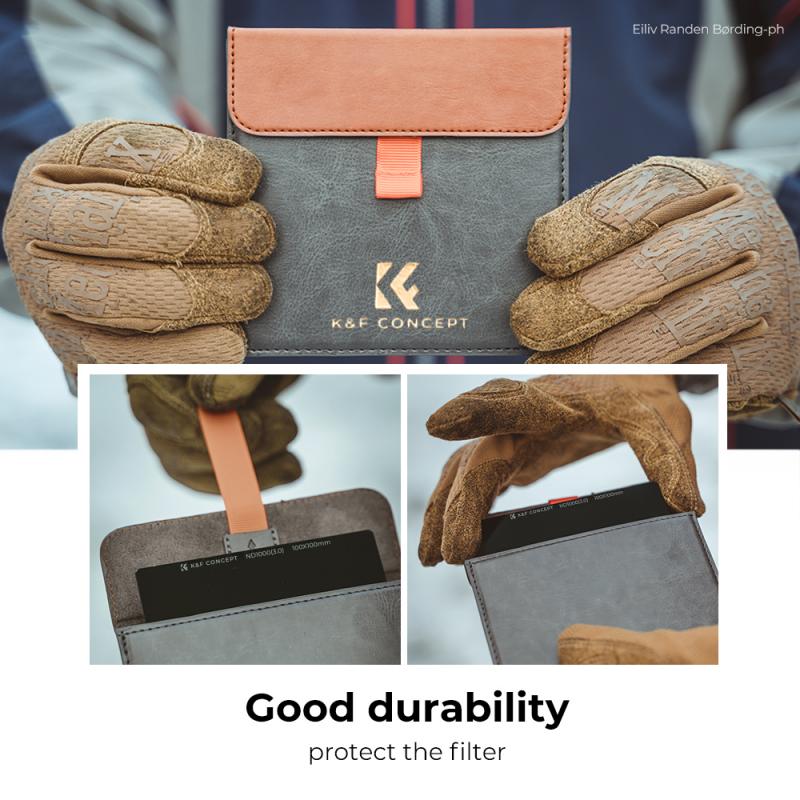
2、 Type of filter (polarizing, ND, UV, etc.)
Which filter to buy for a drone depends on the specific needs and preferences of the drone pilot. There are several types of filters available, including polarizing filters, ND (neutral density) filters, and UV (ultraviolet) filters.
Polarizing filters are useful for reducing glare and reflections from surfaces such as water or glass. They can enhance the colors and contrast in the captured footage, making it more vibrant and visually appealing. ND filters, on the other hand, are primarily used to control the amount of light entering the camera sensor. They are particularly useful in bright conditions, allowing the pilot to achieve a more balanced exposure and avoid overexposed shots. UV filters are mainly used to protect the camera lens from scratches, dust, and fingerprints, while also reducing the impact of UV rays.
When choosing a filter, it is important to consider the specific shooting conditions and the desired outcome. For example, if you frequently shoot near water or in bright sunlight, a polarizing filter and ND filters with different levels of light reduction would be beneficial. Additionally, the quality of the filter is crucial to ensure optimal image quality. Investing in high-quality filters from reputable brands can make a significant difference in the final results.
It is also worth noting that the latest point of view in the drone photography community is leaning towards using ND filters to achieve more cinematic and professional-looking footage. These filters allow for better control over the shutter speed, resulting in smoother and more natural motion blur. However, the choice ultimately depends on the individual's shooting style and preferences.
In conclusion, the type of filter to buy for a drone depends on the shooting conditions and desired outcome. Polarizing filters, ND filters, and UV filters all serve different purposes, and it is important to choose high-quality filters from reputable brands. Considering the latest trends in drone photography, ND filters are becoming increasingly popular for achieving cinematic footage.
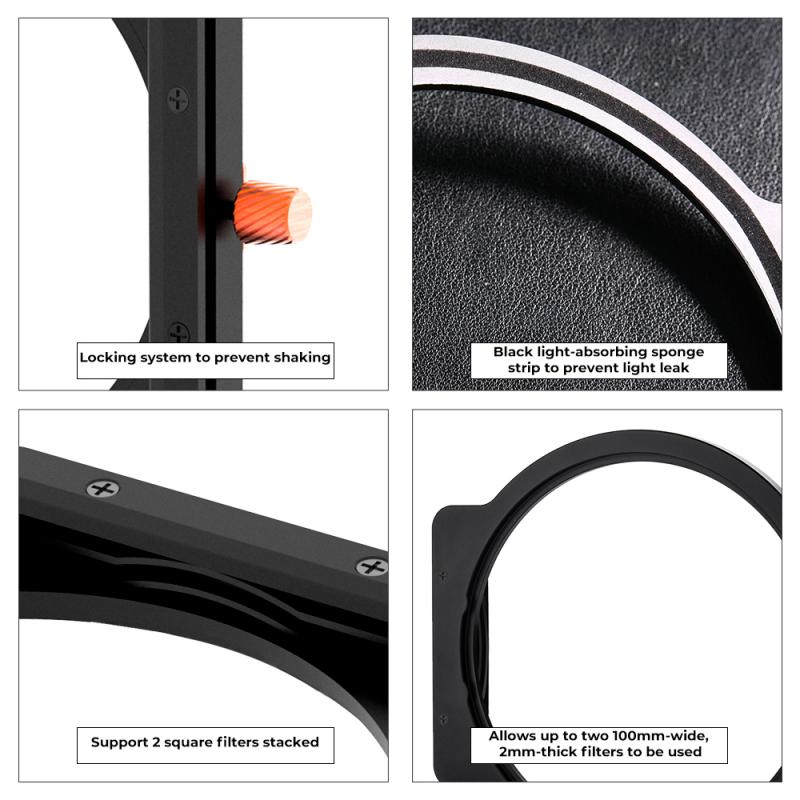
3、 Filter size and attachment mechanism
When it comes to buying filters for your drone, there are a few key factors to consider. The two most important aspects to look for are the filter size and attachment mechanism.
Filter size is crucial because it determines whether the filter will fit your drone's camera lens. Different drones have different lens sizes, so it's essential to check the specifications of your drone's camera before purchasing a filter. Most filters come in standard sizes such as 37mm, 52mm, or 67mm, but it's always best to double-check to ensure compatibility.
The attachment mechanism is equally important as it determines how the filter will be secured to your drone's camera lens. There are various attachment mechanisms available, including screw-on filters, magnetic filters, and clip-on filters. Screw-on filters are the most common and secure option, as they screw directly onto the lens. Magnetic filters are becoming increasingly popular due to their ease of use and quick attachment. Clip-on filters, on the other hand, attach to the drone's camera lens using a clip mechanism.
It's worth noting that the latest point of view in the drone photography community leans towards magnetic filters. They offer convenience and speed when it comes to attaching and swapping filters, making them a popular choice among drone enthusiasts. However, it ultimately depends on personal preference and the specific requirements of your drone and photography style.
In conclusion, when buying filters for your drone, make sure to consider the filter size and attachment mechanism. These factors will ensure compatibility and ease of use, allowing you to capture stunning aerial shots with your drone.
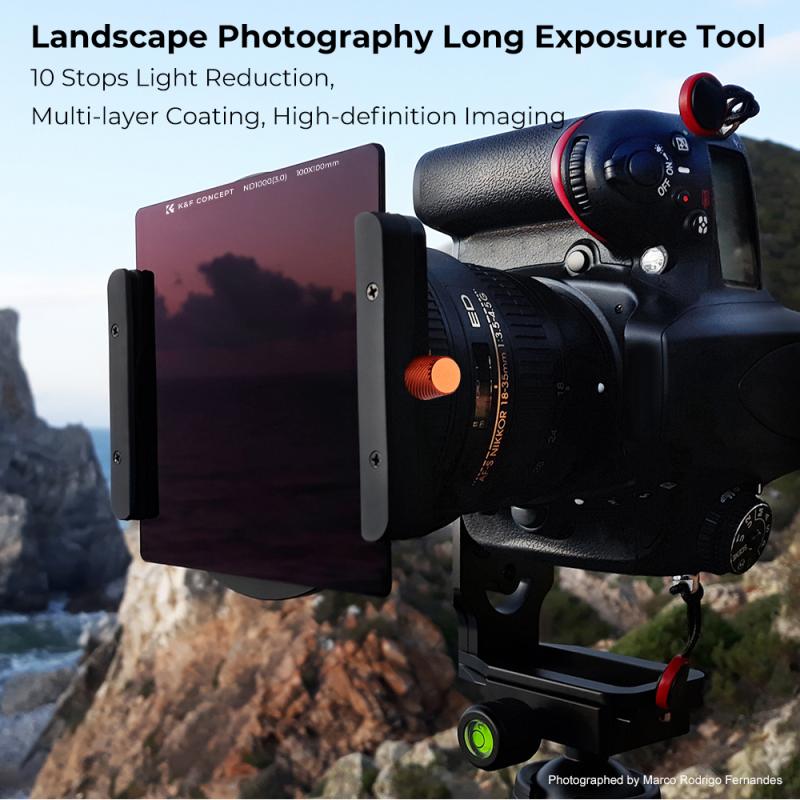
4、 Optical quality and anti-reflective coatings
When it comes to choosing a filter for your drone, there are several factors to consider. One important aspect is the optical quality of the filter. A high-quality filter will ensure that the images captured by your drone are sharp, clear, and free from any distortions or aberrations. It is recommended to invest in filters that are made from high-quality materials and have multi-coated glass elements to enhance optical performance.
Another crucial feature to look for in a drone filter is anti-reflective coatings. These coatings help to minimize unwanted reflections and glare, resulting in improved image quality. They also help to reduce lens flare, which can occur when shooting in bright sunlight or against strong light sources. By reducing reflections and glare, anti-reflective coatings allow your drone to capture more accurate colors and details in your photos and videos.
It is worth noting that the latest point of view on drone filters emphasizes the importance of using filters specifically designed for aerial photography. These filters are often lightweight and have low-profile designs to minimize any impact on the drone's flight performance. Additionally, some filters are now equipped with advanced features such as polarization, which can help to enhance color saturation and reduce reflections from non-metallic surfaces like water or glass.
In conclusion, when choosing a filter for your drone, prioritize optical quality and anti-reflective coatings. These features will ensure that your drone captures high-quality images with accurate colors and minimal distortions. Additionally, consider filters designed specifically for aerial photography, as they often offer additional features to enhance your photography experience.
